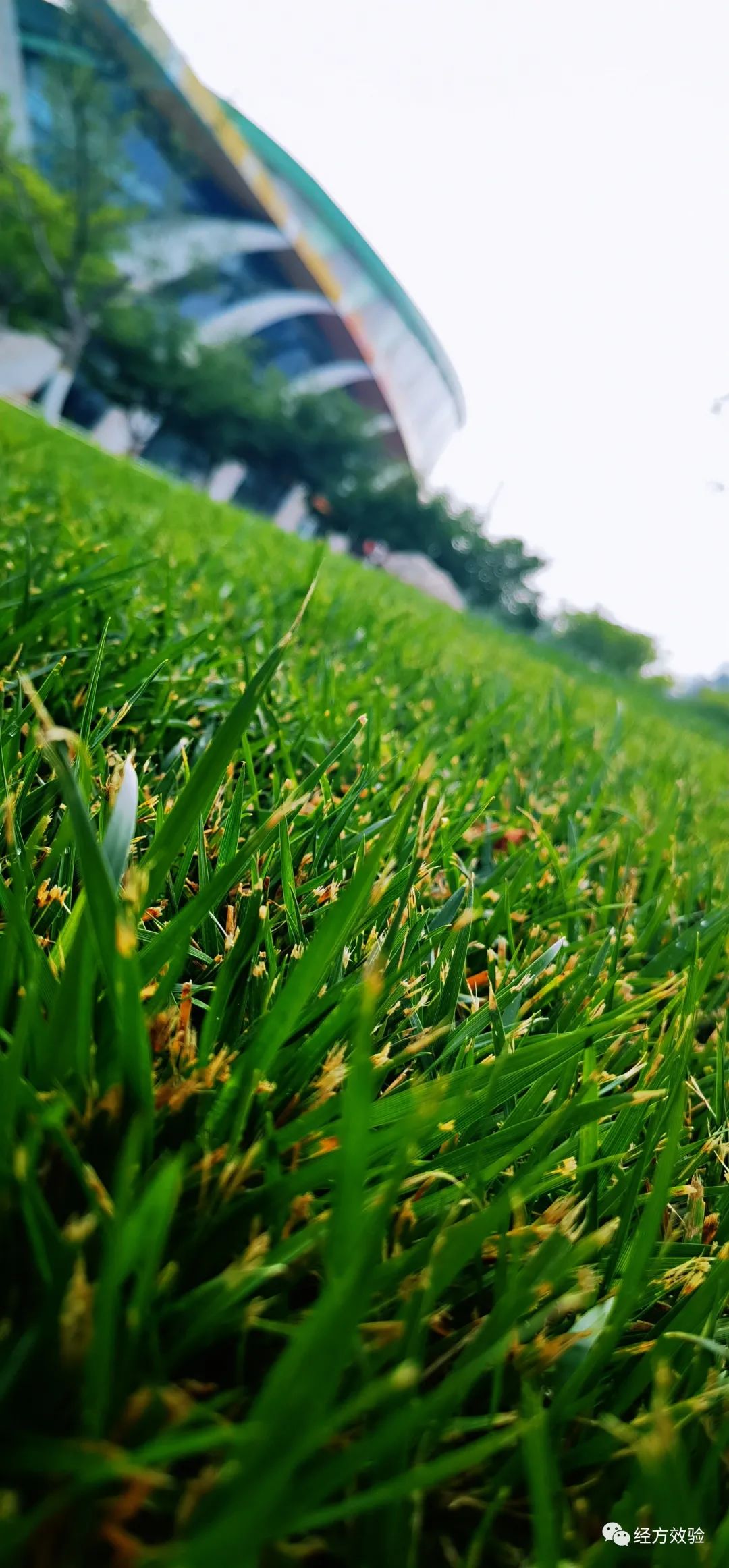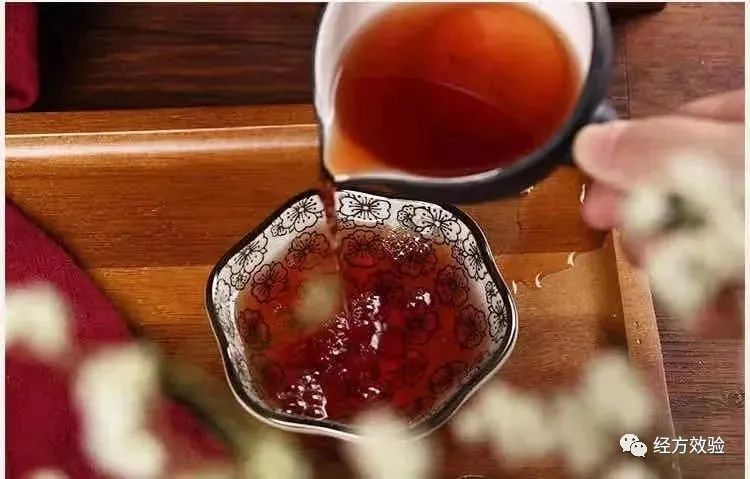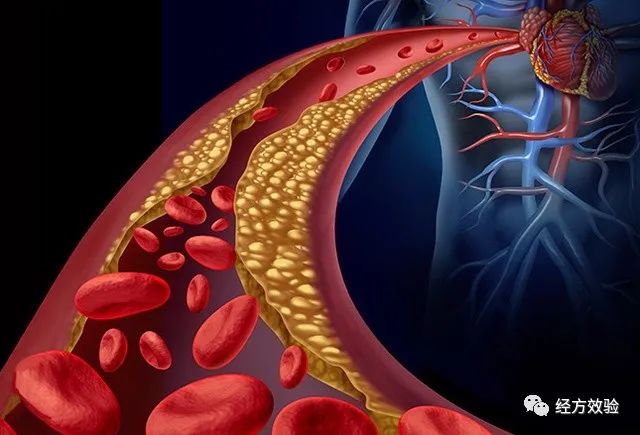In previous articles, it was mentioned that Zhang Zhongjing’s pulse method categorizes pulses into Yin and Yang types, indicating that floating, large, rapid, moving, and slippery pulses are Yang, while sinking, thin, weak, Xian (string-like), and faint pulses are Yin. Among these, the Xian pulse is a Yin pulse that is relatively difficult to understand, and today we will provide an explanation.

The Xian pulse refers to a pulse with increased tension in the blood vessels, generally contrasting with the soft pulse. Medical texts describe the Xian pulse as straight, long, and firm under the fingers, resembling the sensation of pressing a guitar string. This description vividly captures the characteristics of the Xian pulse, but we would like to further explore its physiological implications. To discuss pulse physiology, we must first talk about the human body, as pulse manifestations are also a response to pathological states. The previous description indicates that the Xian pulse is a manifestation of increased tension in the blood vessels. So, under what conditions does the tension in the body’s blood vessels increase? The answer is: a state of deficiency in body fluids!

Imagine the blood vessels in the body as similar to a water hose used for watering plants. If the flow of water is low, but we still want the water to spray far and high, what should we do?

Naturally, we would need to pinch the hose to achieve that effect. Similarly, when the body is low in body fluids, it will constrict the blood vessels to ensure that blood is pumped higher and farther, providing sufficient blood supply to vital organs such as the brain. This is analogous to pinching the hose. Therefore, the Xian pulse is the most common pulse seen in states of fluid deficiency. Pulses that often appear alongside the Xian pulse include the thin pulse, the rough pulse, and the tight pulse. Let’s analyze these one by one.

The Xian and thin pulse indicates a deficiency of body fluids and blood, belonging to the Shaoyang (Lesser Yang) pulse. It is commonly seen in pathological states of Shaoyang disease where blood is weak and Qi is exhausted. The greatest characteristic of Shaoyang disease is the prohibition of sweating, vomiting, and purging, known as the three prohibitions of Shaoyang. Although it has not reached the level of Yin syndrome, the three prohibitions are already being implemented. Xiao Chai Hu Tang (Minor Bupleurum Decoction) is the best remedy for this condition, and it also indicates that Shaoyang is a crucial pivot for the transformation between Yin and Yang. If treated improperly, Shaoyang disease can easily transition into a Yin syndrome. The Xian and rough pulse further indicates a more severe deficiency of body fluids and blood. Compared to the Xian and thin pulse, the Xian and rough pulse indicates a higher tension in the blood vessels, with less body fluids and blood components, but still maintaining some smoothness. When it reaches the rough stage, it indicates that not only are the components low, but there is also a lack of smoothness, giving a feeling similar to lightly scraping bamboo with a knife. At this point, not only is there a deficiency of body fluids and blood, but the driving force is also relatively insufficient, and generally requires the use of formulas like Huang Qi Jian Zhong Tang (Astragalus and Ginger Decoction) to address the issue. The Xian and tight pulse may be difficult to understand. How can a tight Xian pulse still be considered a deficient Yin pulse? In fact, this is also a manifestation of insufficient body fluids.

The term Xian refers to high tension in the blood vessels, while tight indicates a high volume and fullness within the vessels. How can this still be a Yin pulse? This actually reflects that the vessels are filled with water and fluids, while the normal body fluids and blood are relatively insufficient. Consequently, the effective blood oxygen and fluids supplied to the distal and vital organs are in a state of deficiency, necessitating the blood vessels to constrict to increase effective perfusion and supply. This is most commonly seen in cases of water toxicity-induced hypertension, where conventional liver-soothing and Yang-suppressing medications are ineffective, requiring formulas like Ling Gui Zhu Gan Tang (Poria, Cinnamon, Atractylodes, and Licorice Decoction) and Zhen Wu Tang (True Warrior Decoction) to be effective. This is why later generations of TCM defined the Xian pulse as a water pulse, fundamentally due to the dilution of body fluids leading to relative insufficiency of body fluids and blood. Of course, the Xian pulse is also seen in elderly individuals, commonly referred to as vascular sclerosis. This is also due to the relative decrease in body fluids and blood as one ages, which is a typical aging phenomenon. The Huang Di Nei Jing (Yellow Emperor’s Inner Canon) states: “After the age of forty, Yin Qi is halved,” which conveys this meaning.

In summary, the Xian pulse is essentially a manifestation of deficiency in body fluids and blood, while the body compensates by constricting blood vessels to increase vascular tension, representing a state of stress. From the perspective of stress response, it still belongs to the Yang pulse, but in terms of the fullness of body fluids and blood, it has already become a Yin pulse. The thinking of the medical sage consistently captures the essence of the matter; the definition of Yin and Yang pulses is still based on the quantity of body fluids and blood, thus ultimately defining the Xian pulse as a Yin pulse.


